|
I am the passenger and I ride and I ride I ride through the city's backsides... Iggy Pop Next time you're walking through a crowded subway, tune a little Iggy Pop into your headphones. We are all passengers, and we all ride and we ride. The last time I rode the tube in London, I got thinking about the world's major subway systems, asking questions that this blog post would later answer: New York One of the oldest and largest urban transit systems in the world, New York’s subway currently has 468 stations in operation, with approximately 660 miles of routes clocking in at over 1.5 billion rides annually. It’s one of only four subways running 24 hours a day in the USA, vital for shepherding New Yorkers (and tourists) around the city, especially in Manhattan, where traffic is choked during rush hour and parking exorbitant. New York has the world’s largest fleet of subway cars (around 6200), and is probably the most recognized system thanks to being featured in movies like Saturday Night Fever, Ghost and the Taking of Pelham 123. Here’s a neat fact: New York’s subway has only 60 stations less than all the combined subway stations in the United States. London The oldest underground rapid transit system in the world is the London Underground, known affectionately as the “Tube.” Its first sections were built in 1863, and the Northern Line was the world’s first electric train. The tube currently has 270 stations and 402 kilometres of track, covering central London and stretching way into the suburbs, Heathrow airport, and even surrounding regions of Essex and Buckinghamshire. Linking seamlessly with an excellent bus system and above-ground trains, including rail and the Docklands Light Rail, the map of the iconic coloured lines of each route have become a design classic. Be aware the Underground map doesn’t correspond to geography above-ground, which is why some tourists might spend 45 minutes taking the Tube to a destination just a ten minute walk away. Shanghai China’s largest municipality (over 23 million people!) is served by the world’s longest metro network. The Shanghai Metro’s 11 lines and 278 stations delivers over 2 billion rides annually, at about 5.5 million rides a day. Three lines converge at the busiest station, People’s Square, located near the popular Nanjing Road shopping district. Fares are based on distance, and allow you to transfer between lines, as well as railways and buses. Transit cards can be purchased as stations, convenient stores and banks, and can be used to pay for buses and even taxis. Connected to the Metro, although it is not included in the system itself, is the Maglev. Reaching a speed of 431 km/hr, the train’s magnetic levitation system makes it the world’s fastest commercial regular service, and a 30 km thrill ride from the airport. Montreal 25 Stations opened in 1966 in time for the 1967 World Fair. Today, the Métro de Montréal has 68 stations running on four lines. It is Canada’s busiest subway system, third in North America after New York and Mexico City. Designers looked to Paris for inspiration, and Montreal’s rubber-tired efficiency has in turn inspired other Metros like Santiago, Lyon and Mexico City. Rubber tires were chosen because they are quiet, turn at higher speeds, and reduce vibration for passengers. They also allow faster speeds than conventional steel tracks. Due to winter weather, the 759-cars run entirely underground, and are not weatherproof. Although public art in stations was popular in communist countries, Montreal was a pioneer introducing stained glass, sculptures and paintings to western metro stations. Moscow With millions of people flocking to the capital from around Russia, Soviet leadership in the 1920’s recognized the potential for the Moscow Metro to be more than just a transportation necessity. It was designed to serve as an ambitious vehicle for propaganda and communist ideology. The Moscow Metro opened with 13 stations in 1935, with 285 000 passengers using it that day. Today’s Metro receives a 6.6 million passengers each day, the second most heavily used transit system in the world after Tokyo. It was Stalin who commissioned some of the era’s greatest architects and artists to design stations that would inspire and overwhelm the proletariat with the power of the state. Unlike the functional transit systems that were being developed in other major world cities, the Soviet goal was to build underground palaces, reflecting a radiant future to all who used it, designed and lit up like grand ballrooms. Visiting the most famous stations - Ploschad Revolutsii, Komsomolskaya, Mayakovskaya – is a must for any visitor to the city. Paris Distinctive by the Art Nouveau entrances of some its stations, the Paris Métro is one of the world’s most compact transit systems, cramming in 245 stations and 87 kilometres of track within the city itself. First opened in 1900, by the 1940’s, there was no more space to expand lines within the city, and so faster cars were introduced to increase ticket sales. You can choose your direction on the 14 lines, distinguished with colours and numbers, by selecting the destination terminus. 4.5 million passengers use the Métro every day, so you won’t be alone. The Métro does not run 24 hours, which is why locals call the last train the balai, the “broom” that sweeps up the night’s last passengers. Tokyo The busiest subway in the world – over 8 million passengers daily – has a map that is a labyrinth of lines and colours, leaving many visitors confused and disorientated. With over 880 stations on the extended rail network, it’s a Sudoku puzzle figuring out where you want to go. During rush hour, white gloved “train packers” jam people into every square inch of space so the doors can close. Just getting around the stations can be quite a trek, and because each mode of transportation in Tokyo is operated by a different company (including two subway systems), you’ll require a different fare ticket if you transfer. Your best bet is to buy a Suica, a pre-paid card that works on every system, and can even be used for vending machines. Alternatively, the Tokyo Free Kippu allows one day of unlimited travel on all subways, trains and buses. Toronto Canada’s oldest and largest subway system currently has 4 lines, 69 stations and 70 kilometres of track. Typically named for its nearest artery, it carries over a million passenger rides each weekday, and is integrated with streetcars and buses throughout the Toronto Transit Commission. Hanging around the platforms, you may notice some of the two-dozen artworks that breathe life into the system. My favourite is the opposing murals at College station entitled Hockey Knights in Canada. The Montreal Canadiens and Toronto Maple Leafs eternally face off on opposing platforms. Artists have used glass, tiles, and paint to create wonderful works in stations like Spadina, Dupont, St.Clair West and Eglinton. The busiest stations: Bloor (Yonge-University), Yonge (Bloor-Danforth) and St George (Bloor-Danforth). Seoul With an average of 7 million rides each day, Seoul’s Metropolitan Subway is one of the world’s busiest transit systems. Many of its 18 lines are still expanding, with a current total of 560 stations operated by seven different organizations. All signs are in Korean and English, and helpfully for tourists, all announcements are made in Korean and English too. Along with single-journey tickets, various transportation cards work across all the systems, with discounts for kids and seniors. Navigating is fairly easy: each station has a name, number and colour. Transfer stations are clearly marked, and trains are generally very efficient. Ever pushing the technology envelope, the Seoul Subway introduced the world’s first virtual subway supermarket, where passengers use their smart phones to scan QR codes of products (laid out like a shopping shelf) which can be purchased and delivered to their homes. Santiago
South America’s most extensive and expanding subway system is in the Chilean capital of Santiago, with 105 stations servicing five lines and over one hundred kilometres of track. Inspired by Montreal, three of the tracks use rubber-tired cars, and like Montreal, art features prominently inside the stations. Over 45km of new track will be laid in the next few years alone, highlighting the success of the government’s overhaul of the city’s public transport system. Line 1, servicing downtown Santiago, is the city’s busiest track. Bike lockers at various stations have further eased the traffic congestion in the city. When a massive 8.8 Richter scale earthquake hit Chile in 2010, the Metro held up strong, with only station closed for superficial repairs.
0 Comments
Your comment will be posted after it is approved.
Leave a Reply. |
Greetings.
Please come in. Mahalo for removing your shoes. After many years running a behemoth of a blog called Modern Gonzo, I've decided to a: publish a book or eight, and b: make my stories more digestible, relevant, and deserving of your battered attention. Here you will find some of my adventures to over 100 countries, travel tips and advice, rantings, ravings, commentary, observations and ongoing adventures. Previously...
July 2024
Categories
All
|

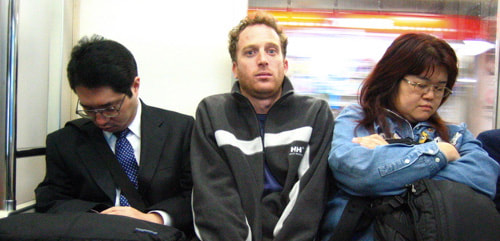
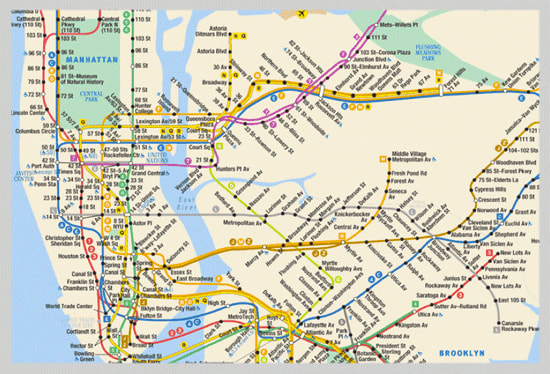
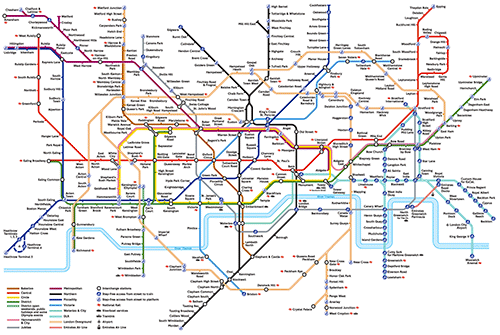
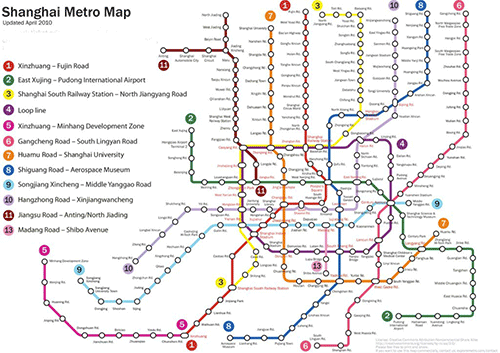
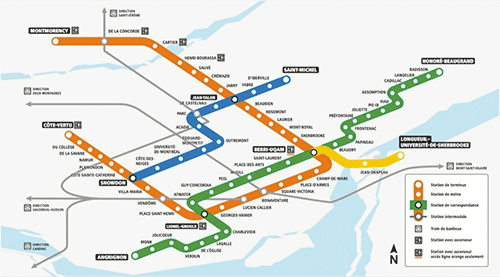
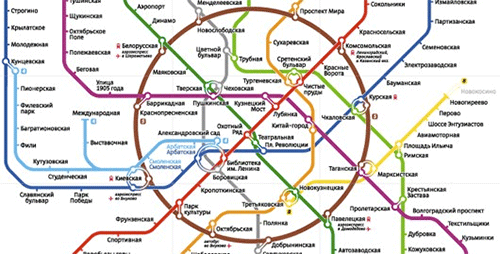
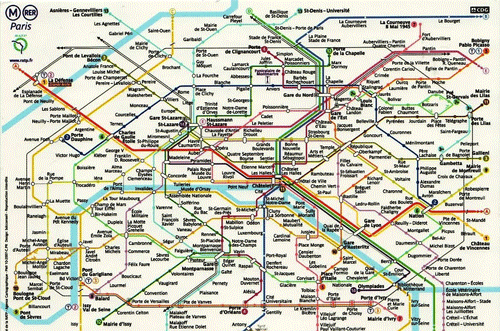
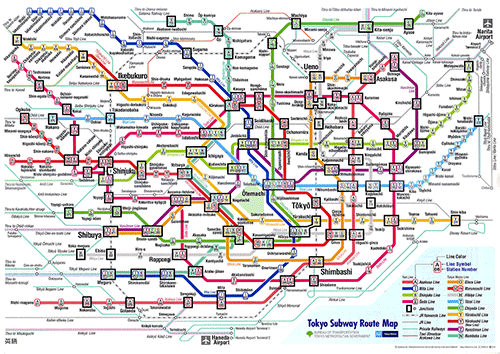
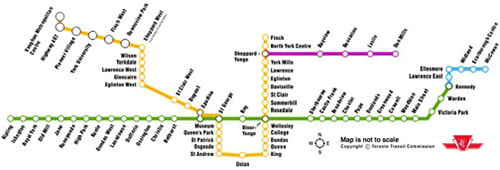
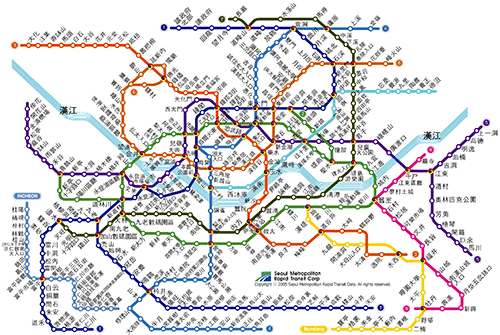
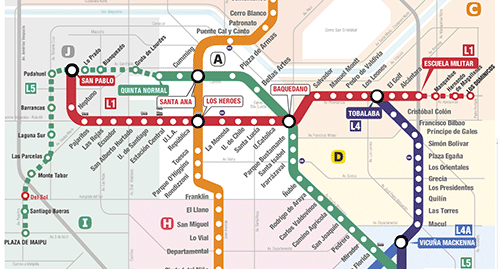
 RSS Feed
RSS Feed

